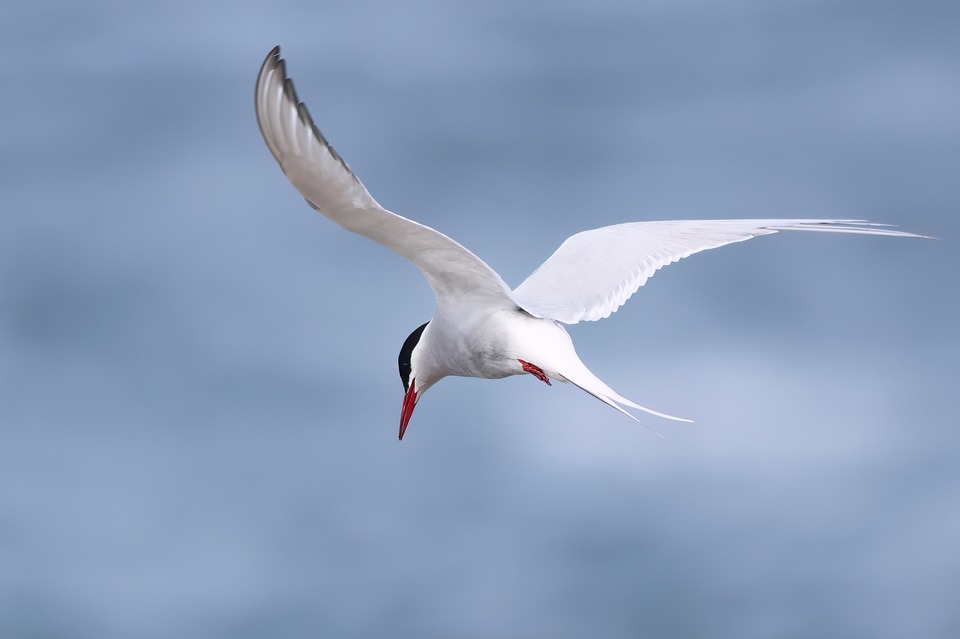The Harsh Reality of Arctic Exploration
Arctic exploration has always been a perilous endeavor. The unforgiving landscape, extreme temperatures, and treacherous ice make survival a constant challenge for those who dare to venture into this harsh environment. Countless explorers have perished in their quest to navigate the icy waters and frozen tundra of the Arctic.
The Franklin Expedition
One of the most infamous stories of Arctic exploration is the ill-fated Franklin Expedition. In 1845, Sir John Franklin set out with two ships, the HMS Erebus and the HMS Terror, in search of the elusive Northwest Passage. The expedition was meant to be a triumph of British exploration, but it quickly turned into a tragedy.
After becoming trapped in the ice for two years, the crew was forced to abandon ship and trek across the frozen wasteland in a desperate bid for survival. The harsh conditions took their toll, and all 129 men on the expedition perished, with many resorting to cannibalism in their final days.
Lessons Learned
The Franklin Expedition serves as a stark reminder of the dangers of Arctic exploration. It highlights the importance of proper planning, adequate supplies, and a keen understanding of the environment. Without these crucial elements, even the most well-equipped expedition can quickly turn into a fight for survival.
Tales of Resilience
Despite the many hardships and tragedies that have befallen Arctic explorers, tales of resilience and survival also abound. Stories of ingenuity, determination, and courage in the face of overwhelming odds serve as inspiration for future generations of explorers.
Ernest Shackleton’s Endurance Expedition
One of the most celebrated stories of Arctic exploration is Ernest Shackleton’s Endurance Expedition. In 1914, Shackleton set out to cross the Antarctic continent on foot. However, disaster struck when his ship, the Endurance, became trapped in the ice of the Weddell Sea.
Despite the loss of their ship, Shackleton and his crew managed to survive for over a year on the ice floes before finally reaching the desolate island of Elephant Island. From there, Shackleton and a small team set out on a perilous journey in a small lifeboat to reach South Georgia Island and eventually mount a rescue mission for their stranded comrades.
Roald Amundsen’s Successful South Pole Expedition
Another tale of resilience in Arctic exploration is the story of Roald Amundsen’s successful expedition to the South Pole. In 1911, Amundsen and his team became the first to reach the southernmost point on Earth, beating out their rival, Robert Falcon Scott, by just 34 days.
Amundsen’s meticulous planning, innovative use of sled dogs, and adaptation to the harsh conditions of the Antarctic made his expedition a resounding success. His ability to overcome the challenges of the frozen landscape and push through to achieve his goal serves as a testament to the power of human endurance and resilience.
Modern Challenges
While modern technology has made Arctic exploration somewhat safer and more efficient, the challenges of the frozen north remain formidable. Climate change has led to rapidly melting ice and shifting weather patterns, making navigation and survival even more precarious for today’s explorers.
The Race for the North Pole
One of the most pressing challenges facing Arctic explorers today is the race for the North Pole. With retreating ice opening up new routes and opportunities for exploration, countries and private companies are vying for control of the Arctic region and its valuable resources.
The increased competition for access to the Arctic has raised concerns about environmental conservation, indigenous rights, and the impact of human activity on the fragile ecosystem. As explorers push further into the Arctic, the need for sustainable practices and responsible stewardship of the region becomes ever more critical.
Conclusion
Arctic exploration has always been a test of human endurance and resilience. From the early expeditions of Franklin and Shackleton to the modern challenges of climate change and resource exploitation, the frozen north continues to captivate and challenge explorers from around the world.
While the dangers of Arctic exploration are ever-present, so too are the stories of survival, ingenuity, and triumph in the face of adversity. These tales of resilience serve as a reminder of the indomitable spirit of the human explorer and the enduring quest for knowledge and adventure in the icy wilderness of the Arctic.
